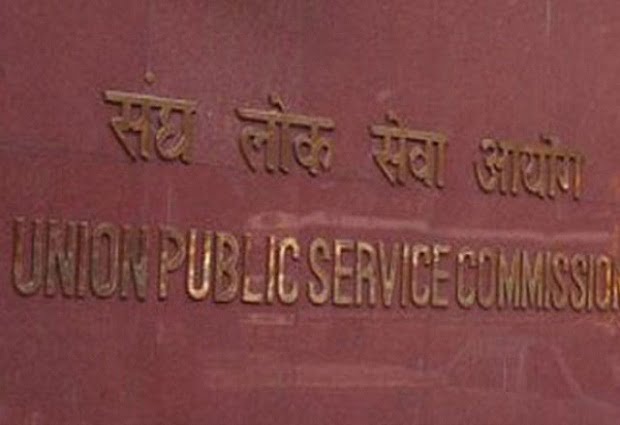
The Admit Cards for for the National Defence Academy (NDA) & Naval Academy (NA) II Examination 2017 are now available for download as officially declared by the Union Public Service Commission (UPSC) on its official website – upsc.gov.in. The NDA exams are conducted twice in a year. The NDA exam 1 was conducted on April 23, 2017 Sunday. The NDA 2 will be conducted on September 10, 2017 Sunday. Every year thousands of candidates take the NDA exam for selection in Naval Force, Air Force and Army of India. The UPSC organizes the exam at two levels; Written Test and Interview by Service Selection Board (SSB). The candidates were required to register online before filling up the online application form. Once registration was completed, the candidate could start filling the Application Online.
How to Download Admit Card: Visit the official website of the Commission (upsc.gov.in) and on the right side, search for the “e-admit card National Defence Academy & Naval Academy Examination (2) 2017” under What’s New section. Click on the link and follow the instructions. (Direct Download link here)
Important Dates for NDA Exam 2:
| Particular | Dates |
| Official Notification | 7th June 2017 |
| Invitation of Online Application Form since | 7th June 2017 |
| Last date to submit the Application Form on | 30th June 2017 (6:00 PM) |
| Release of Admit Card | 15th August 2017 |
| Date of Exam | 10th September 2017 |
| Announcement of Results | October 2017 |
Exam Paper Pattern:
Just like any other competitive exam, the NDA exam has a fixed pattern. All the questions are objective types with negative markings.
| Paper 1 | Mathematics (2 hrs. 30 mins) | 300 Marks |
| Paper 2 | General Ability (2 hrs. 30 mins) | 600 Marks |
| Total | 900 Marks |
Paper 1 (Mathematics) and Part B of Paper 2 (GA) will be set in English and Hindi. The Mathematics Paper covers topics like Trigonometry, Algebra, Differential Calculus, Vector Algebra, Matrices, Determinants, Integral Calculus, Statistics and Probability. General Ability Paper includes English and General Knowledge. Candidates should note that there will be penalty (Negative Marking) for wrong answers marked by a candidate in the Objective Type Question Papers. For both writing and marking answers in the OMR sheet (Answer Sheet). Candidates must use black ball pen only Pens with any other colour are prohibited. Keep in mind that one must not use Pencil or Ink pen. Candidates should note that any omission/mistake/discrepancy in encoding/filling of details in the OMR answer sheet especially with regard to Roll Number and Test Booklet Series Code will render the answer sheet liable for rejection.
Eligibility Parameters: Nationality, Age and Qualifications
- The Candidate should be a citizen of India/Nepal or Bhutan. A Tibetan refugee who shifted to India before 1st January, 1962 can also apply.
- The Candidate applying for NDA-2 must not born between January 2, 1999 and January 1, 2002.
- The Candidate applying for Indian Army must have completed or be appearing 10+2 examination from any recognized educational board can apply.
- The Candidate applying for Air Force and Naval Army must have passed 10+2 with Physics and Mathematics subjects from a recognized board.
Interviews for Selection:
The Service Selection Board (SSB) will take personality and intelligence interview which includes two phases. Phase 1 has Officer Intelligence Rating tests and Picture Perception and Description. Phase 2 has Interview, Group Testing Officer Tasks, Psychology Tests and Conference. These tests will be conducted at different SSB centres for five days.
The NDA exam is one of the most challenging competitive exams in the world. However, one can crack it if preparations are planned well. In this case, previous papers help a lot in making the picture clearer. You can get previous papers of your exam here.
About UPSC:
Established on 1 October 1926 as Public Service Commission, the Union Public Service Commission (UPSC) is India’s prestigious central recruiting agency that conducts appointments to and examinations for All India services and group A & group B of Central services. It was known as Federal Public Service Commission by the Government of India Act, 1935 and was then renamed as today’s Union Public Service Commission after the independence.
[“source=business-standard”]





